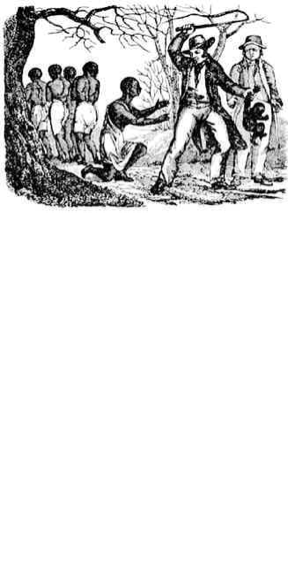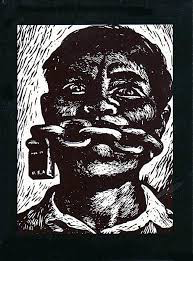Sign up for FlowVella
Sign up with FacebookAlready have an account? Sign in now
By registering you are agreeing to our
Terms of Service
Loading Flow

Abolition/Emancipation Reform

Abolition/Emancipation reform
By the 1820's, more than 100 antislavery societies were advocating for the resettlement of blacks in Africa. Yet most free blacks considered America their home, and only about 1400 blacks emigrated to Africa between 1820 and 1830. African Americans were increasingly joined by whites in public criticism of slavery. White support for abolition, the call to outlaw slavery, was fueled by preachers like Charles G. Finney, who termed slavery "a great national sin. Many free blacks had joined one of many antislavery societies by the end of the 1820's. In 1850, most of the 434,000 free blacks in the south worked as day laborers, some held jobs as artisans. Northern free blacks discovered that the only jobs open to them were the lowest-paying ones. After 1830, Americans hotly debated the issue of slavery, but many African Americans still lived in bondage. The number of slaves had actually doubled between 1810 and 1830. Before, the slaves arrive not knowing English and could not communicate with the other slaves easily. By 1830, most had been born in America and spoke enough English to be able to speak with the other slaves. This brought changes to how the owners controlled their slaves. In rural slavery, slaves toiled from dusk to dawn. They were whipped to work faster. In urban slavery, slaves with good skills were demanded and were given better jobs like carpenters and blacksmiths. The debate over the future of slavery in Virginia resulted in a motion for abolition in the state legislature. The motion lost 73 to 58, but it showed how close abolition was for a southern state and how people were changing their views on slavery.
